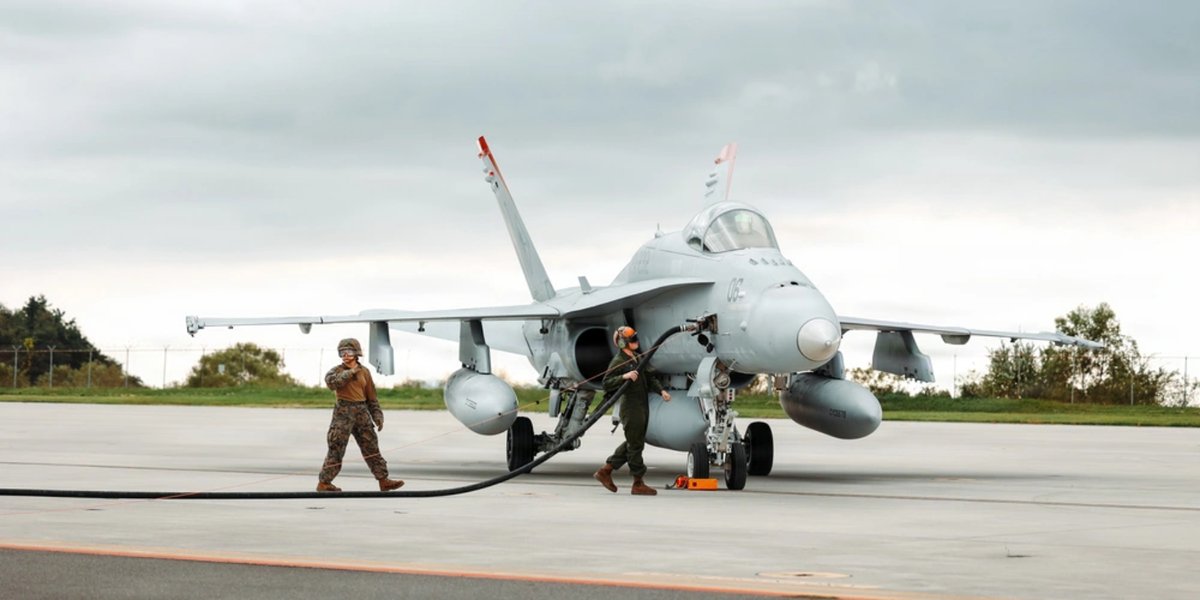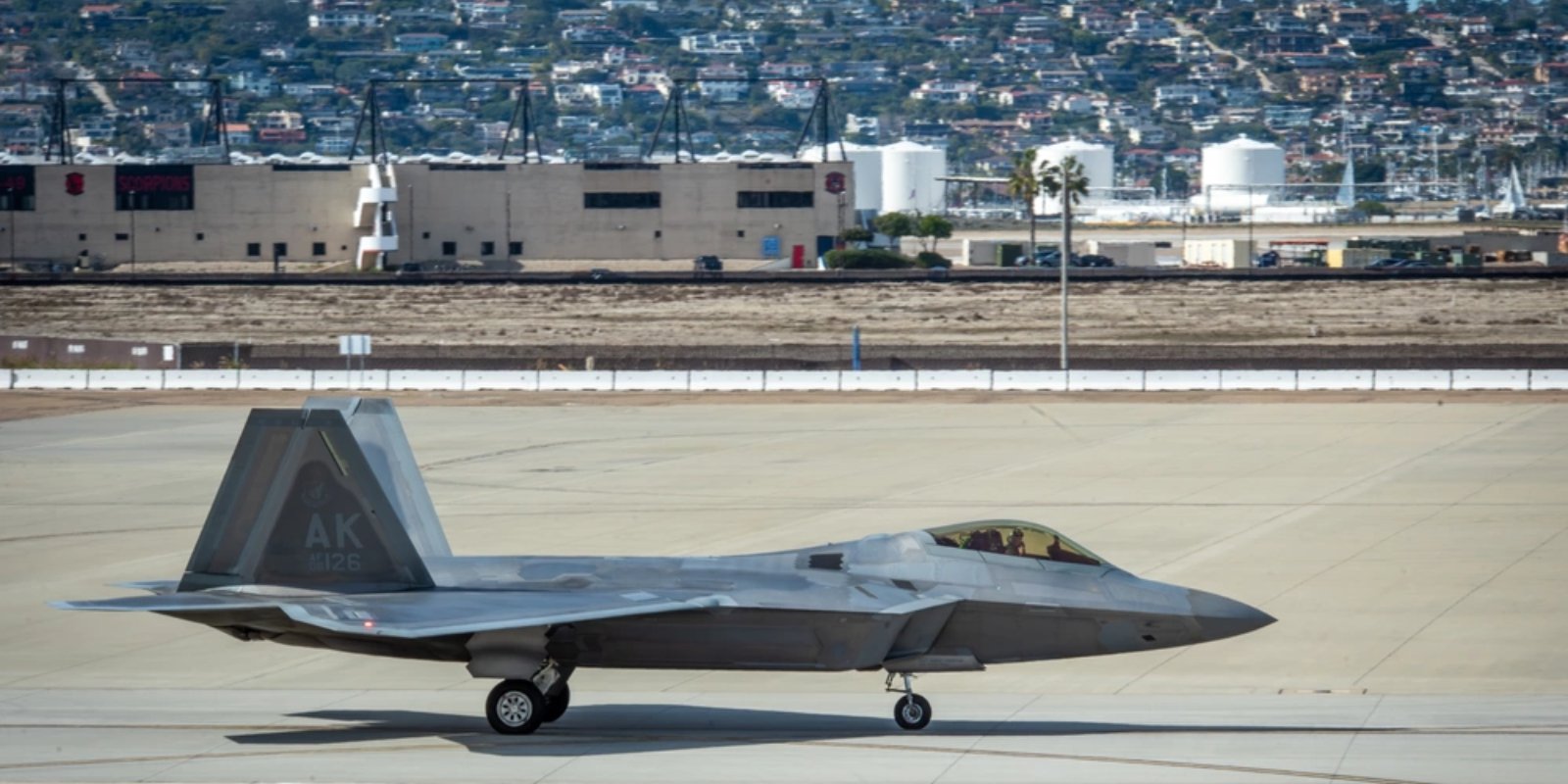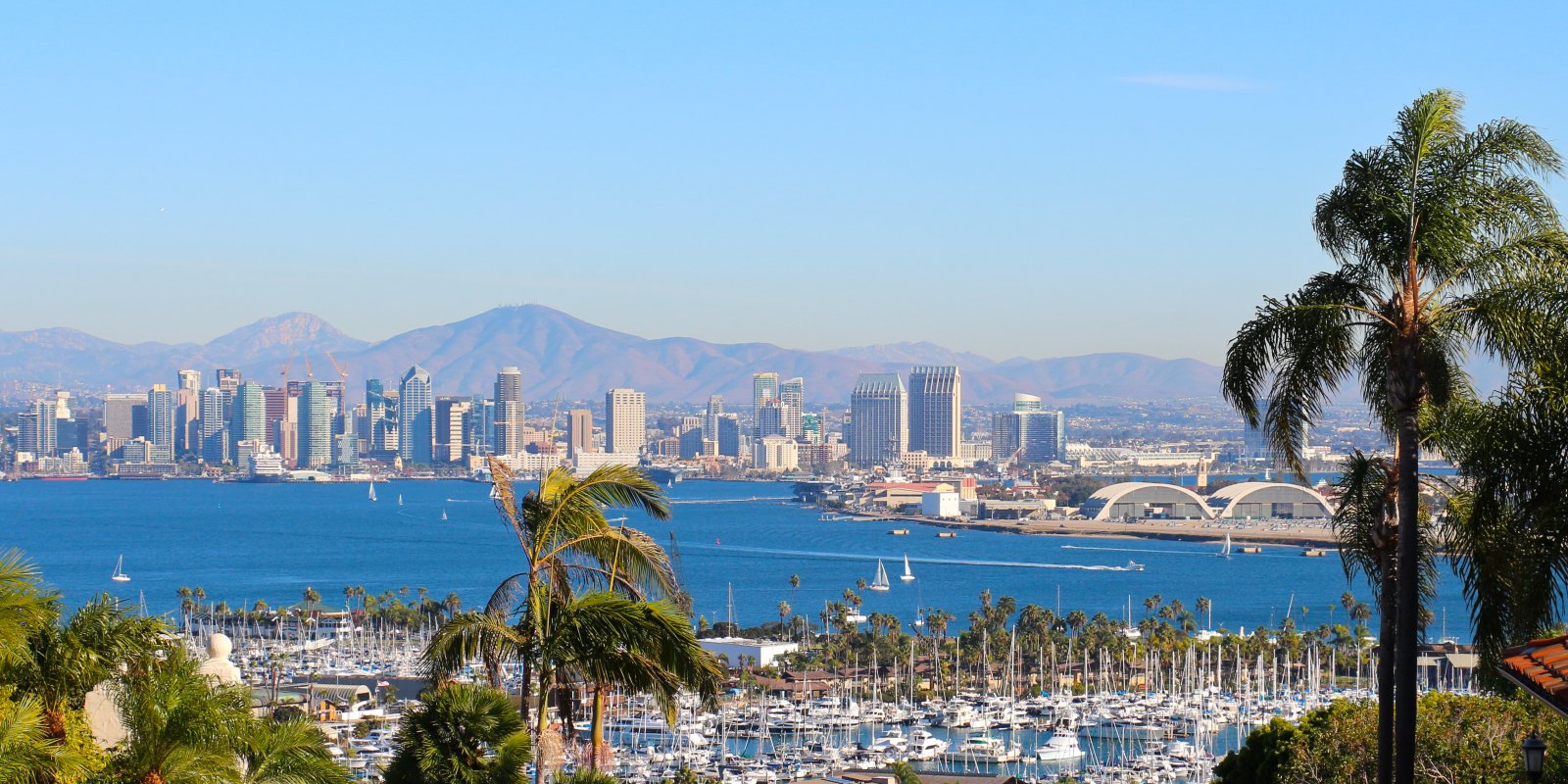WHAT ARE THE US MILITARY BASES IN THE REPUBLIC OF KOREA?

The presence of US bases on the Korean peninsula began with the US Military Government's establishment following World War II and the end of Japanese occupation. With Japan's surrender, Korea was divided, creating a Soviet-occupied northern zone and a United States-occupied southern zone. When attempts at reunification failed, the southern zone became the Republic of Korea in August 1948, and the northern zone formed the communist Democratic People's Republic of Korea the next month.
The US military footprint significantly expanded after the Korean War, which was triggered by a North Korean invasion of South Korea in 1950 and lasted until 1953. Historically, key installations like Yongsan Garrison in Seoul, originally built by the Japanese in 1904, served as the primary headquarters for the United Nations Command (UNC) and US Forces Korea (USFK). A major change in the US presence was the 2018 relocation of the USFK headquarters from Yongsan to the significantly larger Camp Humphreys in Pyeongtaek.
The number of US bases in the ROK has fluctuated since the end of the Korean War. At one point, there were more than 100 US military installations in the ROK. Today, there are more than 70 bases that house US military personnel and assets. Most of these installations are joint-use between the US and ROK militaries. In this article, we will only look at major US military installations in the ROK.
A Brief History of the US Military’s Presence in the ROK
The US military's official presence in southern Korea began with the establishment of the United States Army Military Government in Korea (USAMGIK) from 1945 to 1948.
The Korean War led to a massive deployment of US troops and the establishment of numerous bases to support military operations. Osan Air Base was one of the major airfields built by the USAF during this period. Yongsan Garrison became the long-standing headquarters for USFK and the UNC after the Korean War.
In 1957, the Combined Forces Command (CFC) was formally established to encompass U.S. forces under a combined command structure along with ROK military forces. ROK/U.S. CFC remains the supreme command for both countries' military forces in the ROK.
Major US Military Installations in the ROK

Camp Humphreys (Pyeongtaek)
Camp Humphreys, officially the United States Army Garrison-Humphreys (USAG-H), is located in South Korea near the metropolitan areas of Pyeongtaek and Anjeong-ri. It has become the largest US Army garrison in Asia.
The base includes Desiderio Army Airfield, the busiest US Army airfield in Asia, which features an 8,124-foot runway. A variety of US Army units are stationed at the 3,454-acre garrison, including the Combat Aviation Brigade and the 2nd Infantry Division, along with direct support, transportation, and tactical units.
A 2004 agreement between the US and South Korean governments led to the consolidation of all US forces south of the Han River and the relocation of the United Nations Command Headquarters and United States Forces Korea (USFK) Headquarters to Camp Humphreys. This transformation, completed in 2018, involved moving USFK from Yongsan Garrison in Seoul and consolidating the 28,500 U.S. troops in South Korea.
Camp Humphreys is 40 miles south of the former base in Seoul and about 60 miles from the Demilitarized Zone (DMZ) that divides North and South Korea. Its combined population is approximately 43,000 to 45,000 service members, civilians, contractors, and their families.
Osan Air Base (Pyeongtaek)
Osan Air Base, a joint facility of the United States Air Force (USAF) and the Republic of Korea Air Force (ROKAF), is located in Pyeongtaek, South Korea, approximately 40 miles south of Seoul, near Songtan station. It serves as the headquarters for the Seventh Air Force, the 51st Fighter Wing, and numerous tenant units.
Additionally, the base hosts the ROKAF Operations Command. Osan Air Base is also the designated arrival and departure point in South Korea for "Patriot Express" flights, which are US government-contracted flights transporting service members and their families from Seattle-Tacoma International Airport.
The 51st Fighter Wing is the most forward-deployed wing in the USAF and is equipped with A-10 Thunderbolt IIs and F-16 Fighting Falcons, a total of about 48 aircraft. The wing is charged with executing combat operations, receiving follow-on forces, and defending the base from enemy attack. As the air component to USFK and CFC, 7th Air Force provides the command and control structures and personnel necessary to deliver precise, persistent, combined air and space power in defense of the Republic of Korea. Osan Air Base is one of two major USAF installations operated by USFK, the other being Kunsan Air Base.
Osan Air Base has a total working population of about 9,800 people and a resident population of approximately 7,430. The working population includes military, Department of Defense civilians, and contractors, while the resident population consists of military members and their families.

Kunsan Air Base
Kunsan is a USAF base located at Gunsan Airport on the west coast of the Korean peninsula, bordered by the Yellow Sea. It is located in the town of Gunsan, about 110 miles south of Seoul.
Kunsan Air Base is the home of the 8th Fighter Wing, known as "The Wolf Pack," and is assigned to the Seventh Air Force and the 38th Fighter Group of the ROKAF. The 8th Fighter Wing has about 45 F-16 aircraft stationed at the base.
The total population of Kunsan Air Base is approximately 2,800 to 3,000 people, which includes USAF members, US Army Soldiers, US civilians, and local Korean national employees. The base is a one-year unaccompanied tour installation, meaning most military personnel are assigned without their families and live in on-base dormitories.
Commander Fleet Activities Chinhae (Busan)
Commander Fleet Activities Chinhae, also known as CFAC, is a US Navy unit in the Jinhae district of Changwon, South Korea. It is located near Busan and is one of two US Naval Installations on mainland Asia.
Originally a US Naval Advisory Group in 1946, CFAC eventually evolved into the first Fleet Detachment, Naval Station, JUSMAG-K, and then reorganized as the Chinhae Facility in 1972. Since the 1972 reorganization and renaming to Field Logistics Center, Chinhae.
Subsequent reorganizations resulted in the current designation as Commander, Fleet Activities, Chinhae, with Commander, US Naval Forces, Detachment Chinhae as a tenant activity. It is a key naval base capable of servicing numerous vessels, including large carriers and submarines.
CFAC is home to approximately 400 to 485 personnel, including active-duty military, their families, US DoD civilians, and Korean civilian employees. It is the only US Navy installation in South Korea.

Camp Mujuk (Pohang)
Camp Mujuk is the only US Marine Corps installation in South Korea. It is located about an hour east of Daegu, just outside Pohang, and near the eastern shoreline. The installation is currently home to the Camp Mujuk Headquarters from Marine Corps Installations Pacific.
The mission of Camp Mujuk is to provide facilities, life support, and training coordination for visiting Marine units, enabling combined training with the Republic of Korea (ROK) military, and supporting tenant units.
Camp Mujuk does not have a permanent "population" in the traditional sense; it hosts over 4,000 Marines a year through various exercises and training rotations, rather than having a single, permanent resident population.
USAG Daegu
US Army Garrison Daegu is a medium-sized Army Garrison headquartered in Nam Gu, Daegu, in South Korea, about 120 miles southeast of Seoul. USAG Daegu provides base operations and support for Camps Henry, Walker, and George in Daegu, Camp Carroll in Waegwan, Chilgok County, the Busan Storage facility and Pier 8 in Busan Metropolitan City, the DLA Disposition Services in Apo-eup Gimcheon, and almost a dozen other remote mountaintop sites.
USAG Daegu also provides support to the United States Navy at CFAC, the USMC at Camp Mujuk, and to the United States Air Force at K-2 Airfield located at the Daegu International Airport.
USAG Daegu is responsible for safety and security, construction, family care, food management, environmental programs, well-being, logistics, public works, and all facets of installation management on the installations. USAG Daegu supports 42 separate units and agencies within its camps.
Nearly 10,000 Soldiers, family members, civilian employees, ROK Soldiers, and Korean employees live and work at USAG Daegu installations.
Suggested reads:
National Security Analyst
George Riebling
Air Force Veteran
George Riebling is a retired USAF Colonel with 26 years of distinguished service as an Air Battle Manager, including operational assignments across fi...
Credentials
- Retired USAF Colonel, 26 Years Service
- Former NATO Senior Executive (10 years)
- Boeing Strategy and Business Development (2 years)
- Operational experience across 5 Command and Control weapon systems
Expertise
SHARE:



